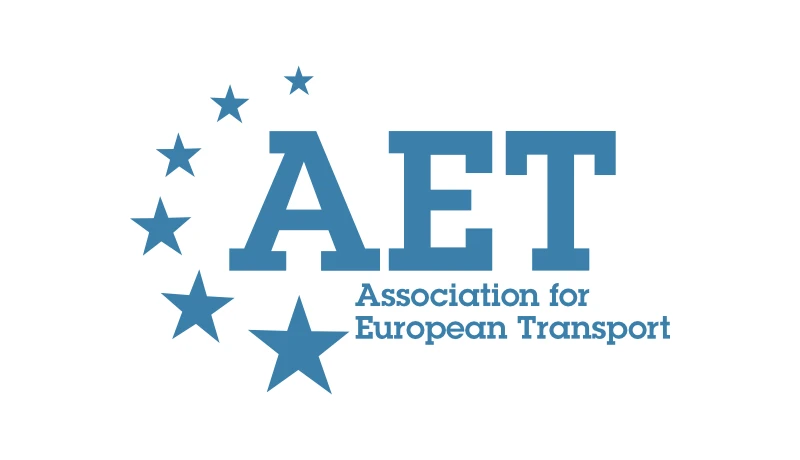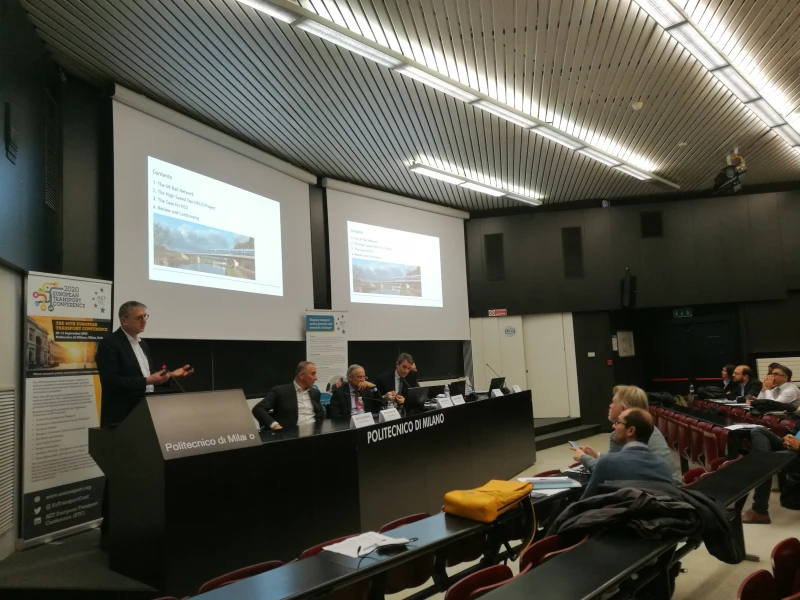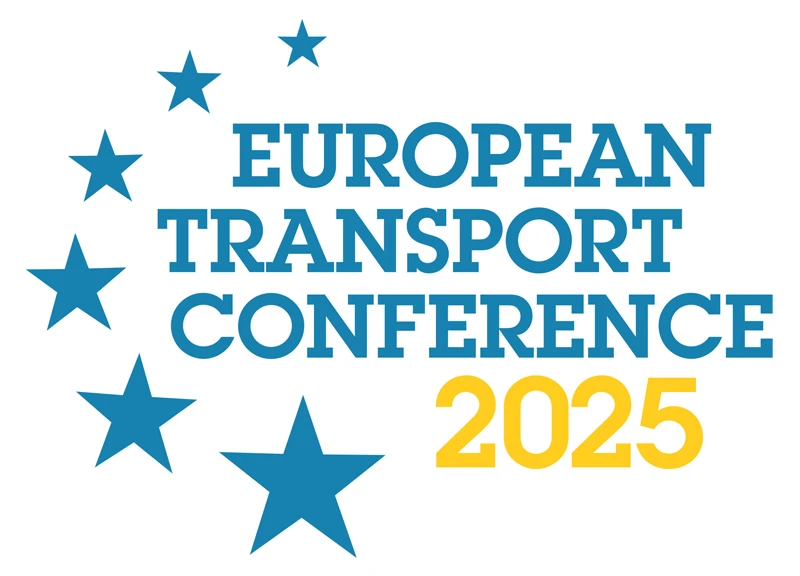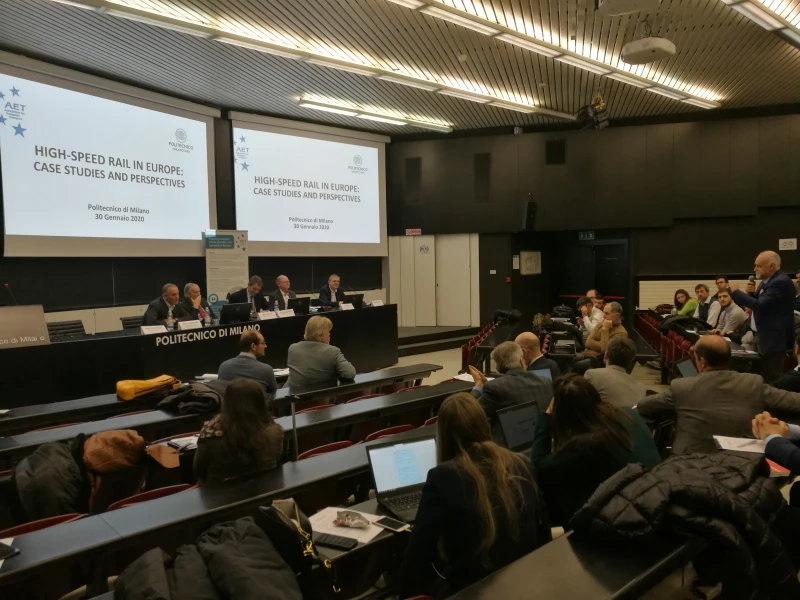-
Past ETC Papers
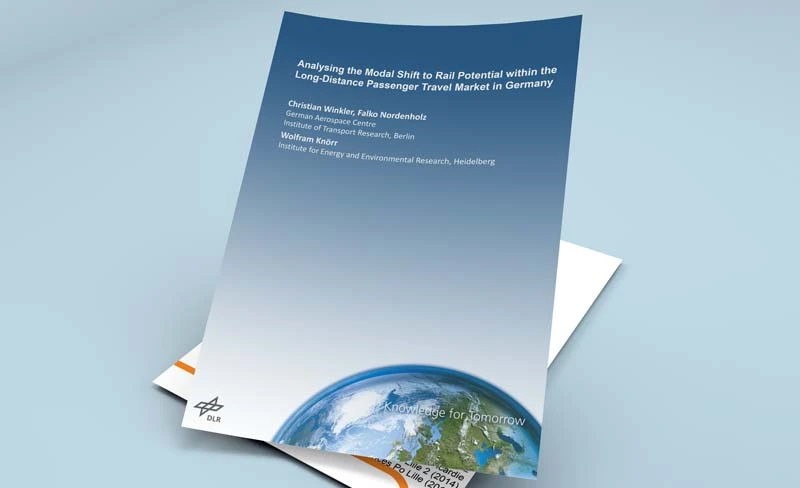
Browse, search and view papers from the past AET Conferences.
-
Members' Area
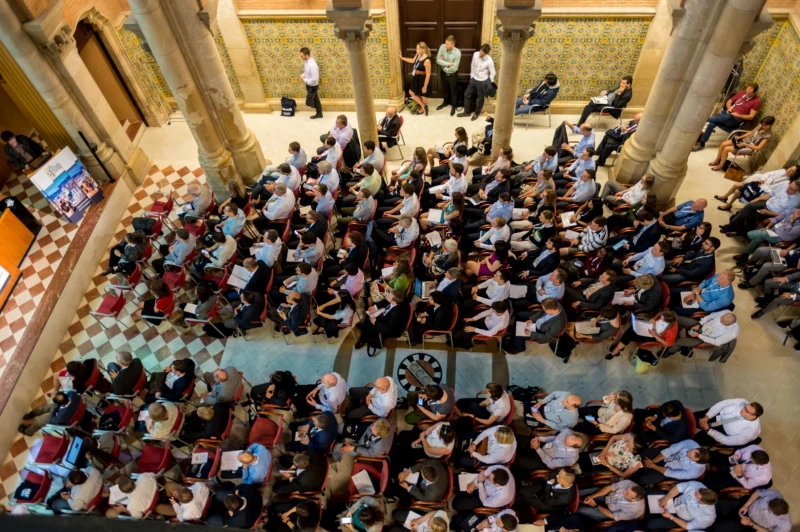
AET promotes networking and exchange of ideas, information and opportunities amongst members.
Conference Papers 2003
Strasbourg, France
ETC Conference Papers 2003
The effectiveness of initiatives to reduce children's car use
Seminar
Day 1 (8 Oct 2003), Street Management, Promoting Walking and Cycling, 09:40 - 09:40
Status
Accepted, documents submitted
Authors
R Mackett, L Lucas, J Paskins, J Turbin, University College London, UK
Abstract
There is much discussion about the need to encourage children to travel by car less and to walk and cycle more. This is linked with concerns about obesity in children and increasing awareness of the health risks associated with more sedentary lifestyles. A number of reasons for encouraging less use of the car by children have been put forward, largely to do with their physical and mental health, but also as part of policy initiatives associated with trying to reduce car use in general.
These issues are complex: for example, it may be that the only way a child can reach a formal physical activity such as a football club or ballet class is to be taken by car. A child who walks to school may be so tired as a result that he or she is too exhausted to take part in active play before school starts. There is also the important issue of whether specific interventions to encourage children to be more active having any effect, and how long do the effects last. For example, an initiative such as a walking bus, that is a group of children escorted to school along a fixed route at a fixed time, will do little for their health or to reduce car use if all the children using it were walking previously (but there may be other benefits).
These type of issue are being explored in a project entitled 'Reducing children's car use: the health and potential car dependency impacts' being carried out in the Centre for Transport Studies at University College London. It is being funded by the EPSRC (Engineering and Physical Sciences Research Council) under the Future Integrated Transport (FIT) programme for three years commencing January 2001. The objectives of the project are as follows:
* a) To examine the effects of car use on children's physical activity and health;
* b) To examine the effects of car use by children on their potential long-term car dependency;
* c) To develop a framework to evaluate the impacts of travel-to-school initiatives systematically.
In order to achieve these objectives, the project has been divided into a set of work packages, which are: a) Questionnaire surveys of over 800 children in ten schools in Hertfordshire and their parents plus anthropometric measurements of the children ; b) Analysis of children's activity patterns using RT3 portable monitors and relating this to their lifestyles; c) Evaluation of travel-to-school initiatives, focusing initially on walking buses; d) Analysis of the attitudes of teenagers to the car; e) Analysis of the effects of car use on children's cognitive and mental development; f) Analysis of the role of women in children's travel decisions.
The analysis in this paper is based mainly on the results from work packages (b), (c) and (d), with background information from work package (a). Last year a paper was presented at this conference drawing mainly on the results from the schools survey.
Now, results are available from other parts of the project which can be used the explore some of these issues in much more depth. For example, in that paper, information about children's level of physical activity was taken from self-reported statements about how the children spent their break times at school. In this paper, results from the RT3s and the associated travel diaries are used to explore explicitly the activity and travel patterns over both school days and weekend days for a number of children, and is linked to attitudinal and anthropometric data from the other elements of the project.
The questionnaire surveys were carried out in ten schools in Hertfordshire and covered over 800 pupils. All the schools are involved in Hertfordshire County Council's Safer Routes to Schools initiative. Also, measurements were made of the children's weight, height and body-fat content. This means that there are now available the results from a questionnaire survey of the children about their travel and physical activity patterns, a questionnaire survey of their parents covering issues such as household characteristics and use of the car, and anthropometric measurements of the children from which their body composition can be calculated.
The second major component of this research was a study of a smaller number of young people using motion sensors coupled with the use of a travel and activity diary.
The use of these accelerometers can remedy some of the problems in over-reporting by recording human movement. The accelerometer used in this study was the RT3 manufactured by Stayhealthy, USA. It is a tri-axial accelerometer, that is, it measures movement in three directions. The RT3 measures human movement on three planes and combines these into a total of vector magnitude (VM). In this study the RT3 was set to record movement on a minute-by-minute basis over periods of four days.
The RT3 is the size of a small pager (7x5x8cm) and is worn at the hip using either a purpose made holster or belt. It can be worn without difficulty for all but water-based activities. In this study, volunteers were asked to wear the monitor from a Wednesday through to a Sunday evening. The travel and activity diary was kept from Thursday morning through to Sunday evening. Events from the travel and activity diary have been mapped onto the data from the RT3 so that it is possible to isolate and analyse specific time periods, events or journeys.
Physical activity monitoring was targeted at two of the cohort groups: Cohort B (those children who were originally in the 9-10 year age group) and Cohort C (those originally in the 11-12 year age group). At the time of the monitoring these children had moved into the next school year and were aged 10-11 years or 12-13 years respectively.
Volunteers were recruited from schools that had participated in the original survey. In total 148 children were monitored between April and the end of July 2002. Additional volunteers are currently being monitored. Anthropometric measures were collected for all children who took part in the physical activity monitoring.
The third strand of the project upon which this paper is based is the evaluation of walking buses. The first walking bus in Britain was set up in Hertfordshire in early 1998.
Since then many have been set up in Hertfordshire and elsewhere. It is not difficult to see why local authorities are keen to set up walking buses: they are very cheap, they can be set up very quickly, and they are a very visible sign that the local authority is taking action to encourage children to take more exercise and to encourage an alternative to the use of the car for taking children to school. It is hard to put up many arguments against walking buses. However, that does not necessarily mean that they do not need to be evaluated systematically. It is possible that they are making no difference. If all the children who use a walking bus were walking previously, and the walking bus is simply children walking together being escorted collectively by their parents rather than being escorted individually, then the walking bus may be making no difference. That does not mean they should not be set up, but it does mean that the effort being put into encouraging them to be set up might be better be directed towards other initiatives that do achieve the desired objectives (reducing car use, making children more active and so on).
Within the project a postal survey of all the schools in Hertfordshire where a walking bus has or could be set up has been carried out, to establish their perceived benefits and the reason behind those set up and the barriers to setting up more. Detailed data collection exercises have been carried out on five walking buses, involving interviews with all the participants: the children, the parents, the co-ordinator and the head teacher, including children who no longer use it, and their parents. Details of their journeys prior to the setting up of the walking bus and when using it have been collected, so that the actual changes brought about by using the walking bus can be established.
The discussions with teenagers focus on issues related to the acquisition of a driving licence and obtaining and using a car. In particular, attention is being focussed on whether previous experience of using alternatives to the car or being educated in the negative effects of the car, make any difference to attitudes to the car when the opportunity to be able to use one becomes available.
The paper will draw on these strands of research to examine how the use of the car affects children's activity patterns and health, then to see whether interventions such as the walking bus actually make a difference to children's level of activity, and then examine whether such effects last through until children start to consider using cars in their own right.
Documents:
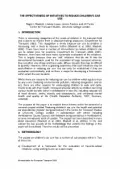
Association For
European Transport
Forester House
Doctors Lane
Henley-in-Arden
Warwickshire, UK
B95 5AW
+44 (0) 15 64 793552
VAT number: 710 1866 64
Conference Supporters & Endorsers




Legal Entity
The Association for European Transport is registered as an Association ('vereniging') with the Chamber of Commerce for Haaglanden in The Netherlands under company number 27170096.
Built on Zenario

